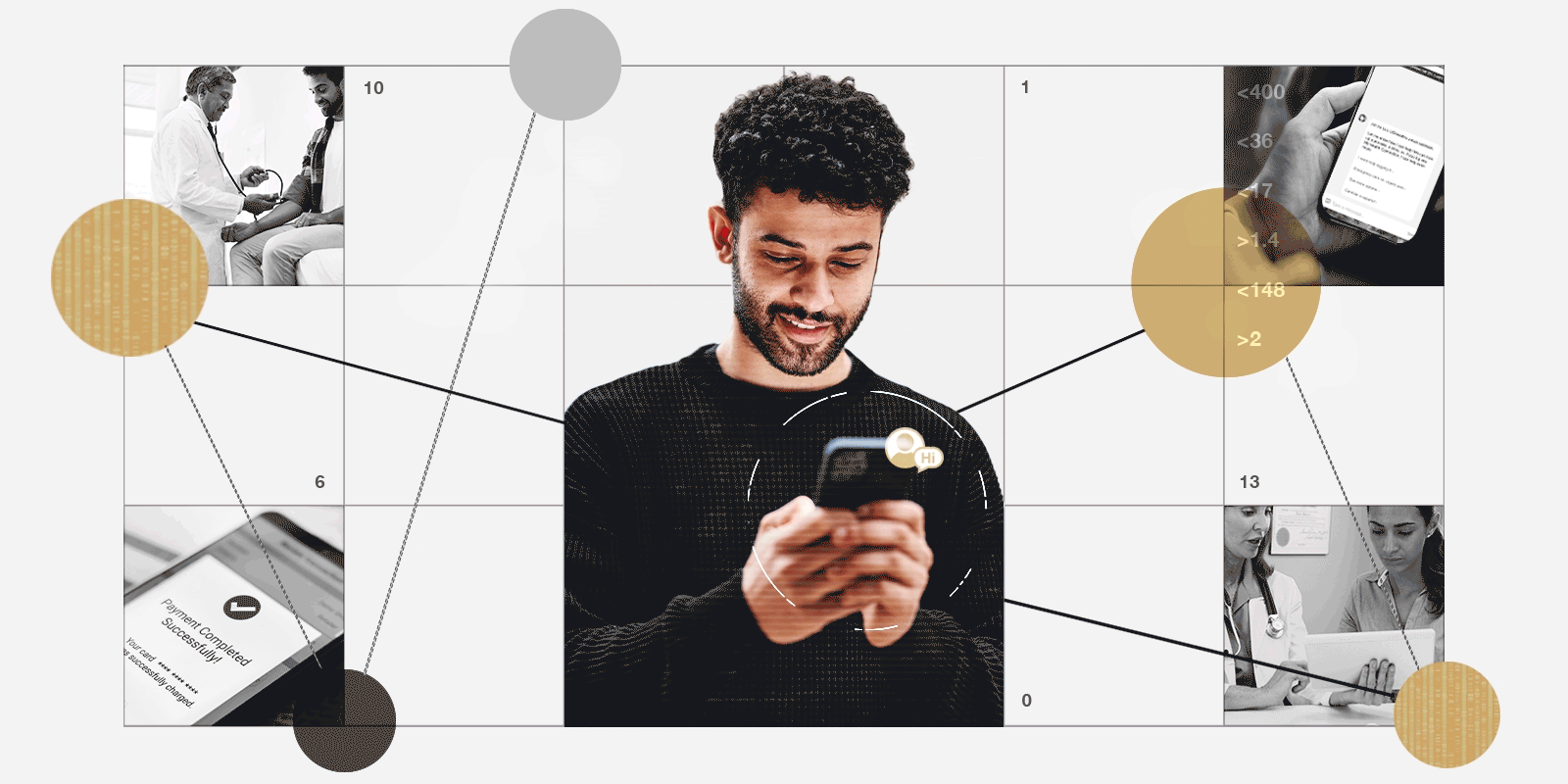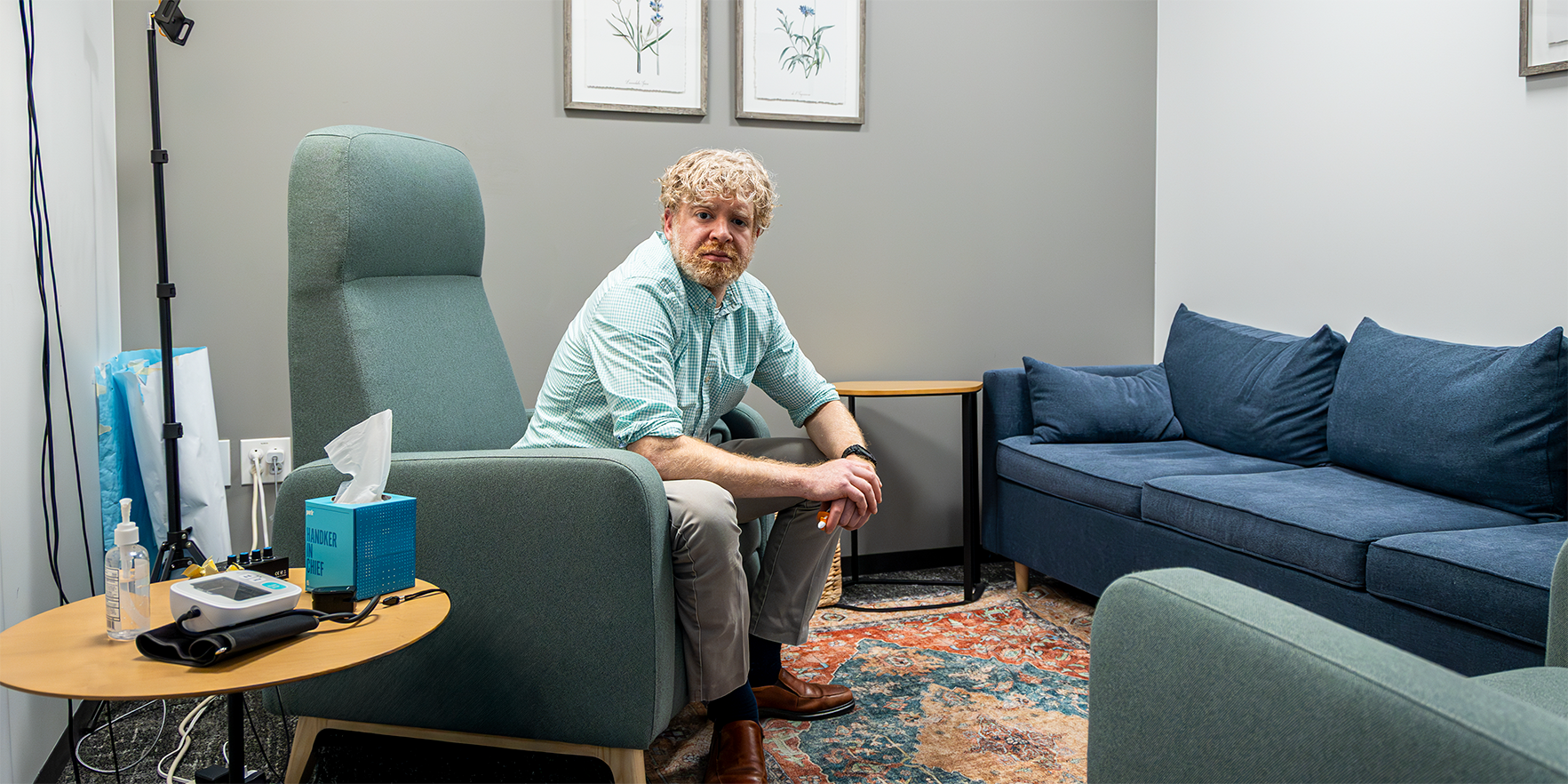For those who may be unfamiliar with the procedure, can you explain what osseointegration is and in what instances it is typically used in patients who have experienced an amputation?
Osseointegration is the direct integration of a metal implant – in most cases it is titanium though there are other options – into the bone of the residual limb. This approach is adopted in instances where traditional socket prosthetics are either unsuitable or have led to persistent complications for the individual. These are things like difficulty with walking or standing while using the prosthetic, persistent pain or skin issues with their socket, or ongoing problems with fit and spontaneous loosening of the prosthesis that can lead to falls.
Osseointegration, or OI for short, involves the insertion of a biocompatible implant into the amputee's bone, which over time allows for bone ongrowth and integration. This integration between the bone and the implant surface creates a more stable and durable anchor for the prosthetic limb. Following the osseointegration phase where bone growth integrates with the implant, which generally takes several months, an external prosthesis is fitted for the patient. The prosthesis is attached via an adapter connected to the transcutaneous portion of the implant that protrudes through the skin. Patients who undergo OI typically experience enhanced stability and control of the prosthetic limb compared to conventional socket prosthetics.
Learn more about osseointegration from patient Josh Bryan's experience.
However, OI does come with its own risks and considerations, and not everyone with a lower-limb amputation will be an ideal candidate for OI – for a number of possible reasons. The use of osseointegration in any patient requires a comprehensive evaluation of these risks against the potential functional benefits for the patient, which is one of the hallmarks of our OI program at UCHealth.
What role has the Limb Restoration Program and UCHealth University of Colorado Hospital played in pioneering osseointegration for amputees?
UCHealth University of Colorado Hospital stands as one of the world's busiest centers for osseointegration. Our program is characterized by our dedicated team and interdisciplinary approach. Our early involvement in osseointegration within the United States was facilitated by the existing technical infrastructure within our orthopedic program but also a keen interest in the field. My experience with global colleagues and institutions contributed significantly to the development of our program at UCHealth.
How does the Limb Restoration Program at UCHealth University of Colorado Hospital approach the multidisciplinary needs of OI patients?
Our Limb Restoration Program, which includes our dedicated OI program, is supported by a comprehensive team of clinicians and support staff. We conduct weekly multidisciplinary meetings with colleagues in our limb reconstruction, plastic and reconstructive surgery, orthopedics, infectious disease, wound care and other specialized areas. Our team approach is crucial in navigating patients through the complex decision making, care needs and post-surgical requirements of limb restoration patients. Rehabilitation is absolutely critical for OI patients to ensure long-term, optimal outcomes and satisfaction. We spend a lot of time reinforcing this with our patients.
What are the key factors in ensuring a successful recovery and rehabilitation following OI?
Ensuring a successful recovery and rehabilitation following OI involves a number of critical steps and considerations. The first is that patient selection is the driving factor in outcomes. It's essential to choose patients who have realistic expectations and are experiencing significant difficulties with traditional socket wear. The goal is to improve their quality of life and eliminate the complications they are having with their socket prosthesis. Our process involves careful evaluation to ensure that the patients we ultimately select for OI are fully committed to the surgical and rehabilitation process. It takes a patient's full commitment for the technique to be optimally successful.
Additionally, the success of OI depends on an experienced and well-coordinated OI team, like we have assembled at UCHealth. Our team – surgeons, physical medicine and rehabilitation doctors, experienced prosthetists who specialize in osseointegration alignment and componentry, and physical therapists skilled in working with amputees – are collectively focused on transitioning the patient from their existing limb condition, which may include fixed flexion and abduction contractures, to a more symmetrical and functional gait. Integral to this process is coordination with the patient's 'home team', which includes their primary care physician and local prosthetists and therapists. Our comprehensive approach ensures that our patient's health – from metabolic bone health to other comorbidities is handled well. Our detailed planning covers every stage, from the initial stay for surgery and rehabilitation to the return home for ongoing therapy and prosthetic adjustments.
How are you and your team furthering your research and development in the field of limb restoration and bone-anchored limb replacement?
Our team has gained extensive experience with various implant designs, types, and surgical techniques, particularly through treating patients who have undergone surgeries elsewhere, often abroad, and face difficulties in returning to their original surgical sites for follow-up care. This exposure has provided us with valuable insights into the potential complications that can arise from such procedures and the best practices for addressing them.
We are also supported by a robust research infrastructure, namely the Bone-Anchored Limb Research Group. This team of dedicated researchers has been instrumental in exploring the potential benefits of OI for amputees. This research explores basic improvements in mobility and walking confidence to more complex enhancements in gait symmetry and overall quality of life. A significant focus of our research has been comparing the advantages of OI with traditional socket prosthetic wear. This comparison isn't limited to quality-of-life assessments but extends to biomechanical analyses, including the potential for OI to prevent arthritis in adjacent joints.
One of the more exciting areas of our research is the integration of neural networks with myoelectric prosthetics that are attached to limbs via bone-anchored prostheses. These emerging approaches aim to enhance the functionality and responsiveness of prosthetic limbs through more natural and efficient motions and mobility.
What does the future look like for bone-anchored limb replacement for upper limb amputees?
Dealing with upper-limb amputation presents significant technical challenges for orthopedics. The loss of a hand or arm profoundly impacts a person's daily life and independence, unlike anything seen in lower extremity amputations. While sophisticated devices like myoelectric prosthetics exist, their heavy weight and complexity often deter patients from using them. These prosthetics, though functional, can become burdensome, mirroring the complications faced by patients with lower extremity prosthetic issues but compounded by the additional weight.
However, advancements in prosthetic technology are paving the way for significant improvements for upper-extremity devices. By attaching an upper-extremity prosthesis directly to the bone, we eliminate the extra weight and open possibilities for integrating the nervous system into the function of these myoelectric prosthetics. This integration can be achieved through surface electrodes or by directly implanting electrodes into the peripheral nervous system.
The potential of this technology is immense and represents a future where bone-anchored limbs have direct neural connections to myoelectric prosthetics. This could lead to better functional mobility for both upper and lower extremities but also the exciting possibility of providing sensory feedback through the prosthetic limb. There is a lot of exciting work going on in this field right now and more to come, for sure.
Learn more about the CU Anschutz School of Medicine’s Department of Orthopedics and our Limb Restoration and Osseointegration Programs at UCHealth University of Colorado Hospital.
Photo at top: Team members inspect a patient’s titanium implant, which extends through the skin and provides a direct connection to a prosthesis. The implant becomes unified with the bone, allowing the prosthesis to act more like a direct extension of the residual limb.





